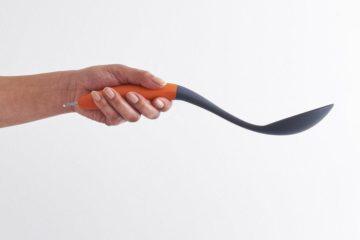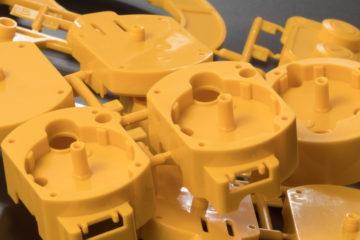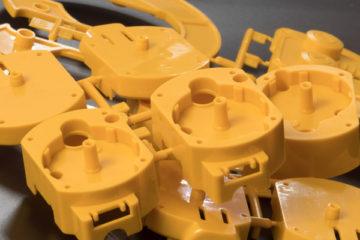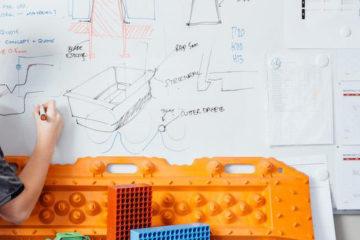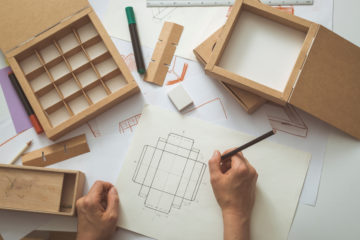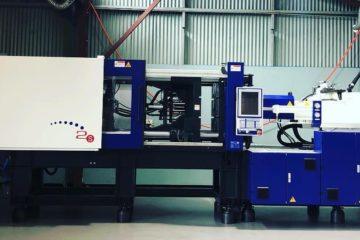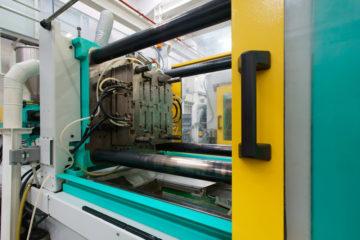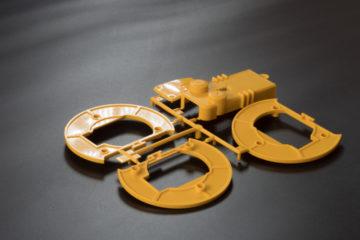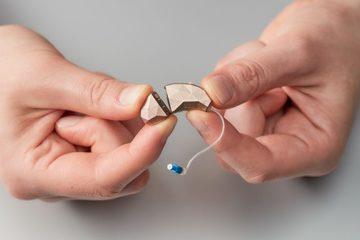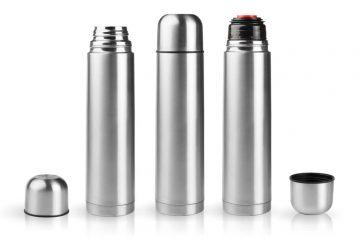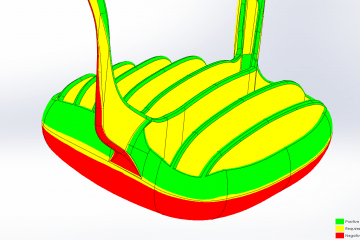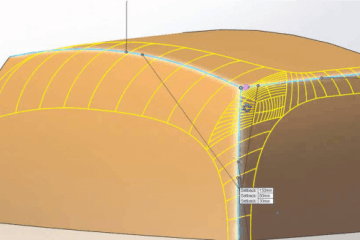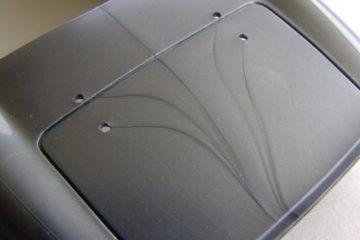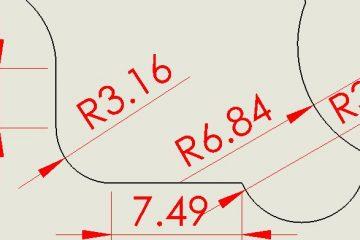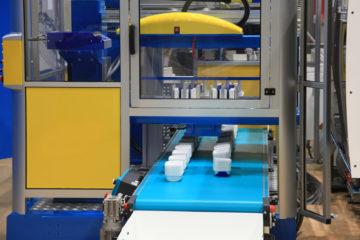
Living Hinges, it sounds weird, right? Especially when you are talking about plastic product. There’s nothing “living” about plastic. In this article, we are going to unpack the Living Hinges (also known as integral hinges) in Injection Moulding and why they should be in your product.
A living hinge is basically a thin bridge of material that connects two components of your product. Usually this is a container or lid, or two symmetrical halves of the same shape. They can be found in a variety of different industries, but most notably, packaging products and storage. An example you’ve probably seen before is bottle lids with freshness caps that cover the lid hole – like sauce bottles, or shampoo bottles.
Living hinges are usually made from Polypropylene (PP) or Polyethylene (PE) due their inherent fatigue resistance which allows a hinge to operate thousands if not millions of times without breaking. They are also cheaper because they don’t require you to source multiple different parts, and fasteners and then pay someone to assemble it for you. They aren’t subject to friction and wearing like traditional hinges and don’t require maintenance or lubrication. They are however limited when it comes to bearing loads, any sort of excessive compressive, tensile or shear strain will often damage a living hinge irreparably.
Living Hinge design is critical and different applications require different variations in the hinge to bend properly. First you need a flat bridge of material. In this bridge, you must thin the line along which you want the hinge to pivot on. Usually this section is only 0.5 -0.2mm thick. You also should provide a relief cut so that when the hinge bends on itself, it has room to deform and still maintain a flush closed position. When designing hinges, it always better to radius all the edges, even the bend edge with a 0.75mm radius. Sharp edges focus the stress there and over time it will fail.
If you’re unsure on how to design the living hinge on your part, or have two parts that you want to combine with a living hinge, come in for a free, no-obligation meeting and we discuss whether or not a living hinge is the right solution for you or if you prefer, contact us directly.
Subscribe to Our Newsletter
Get the latest news from Dienamics into your inbox






